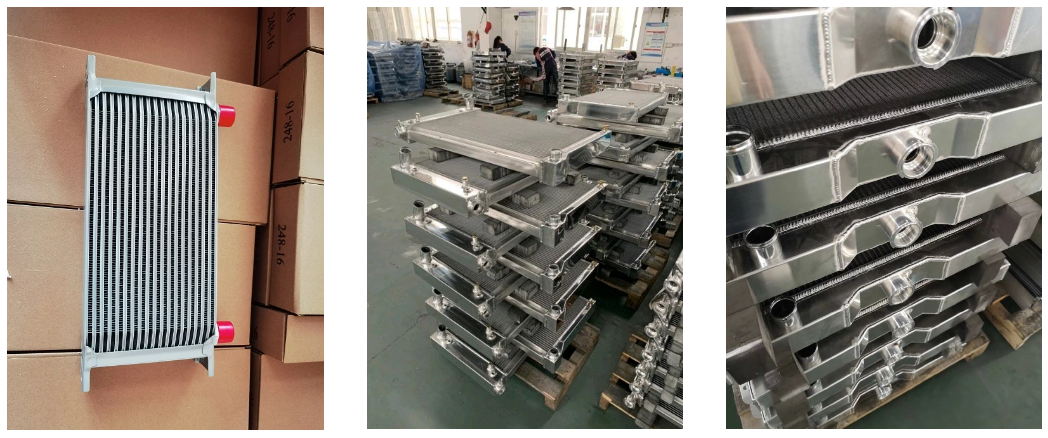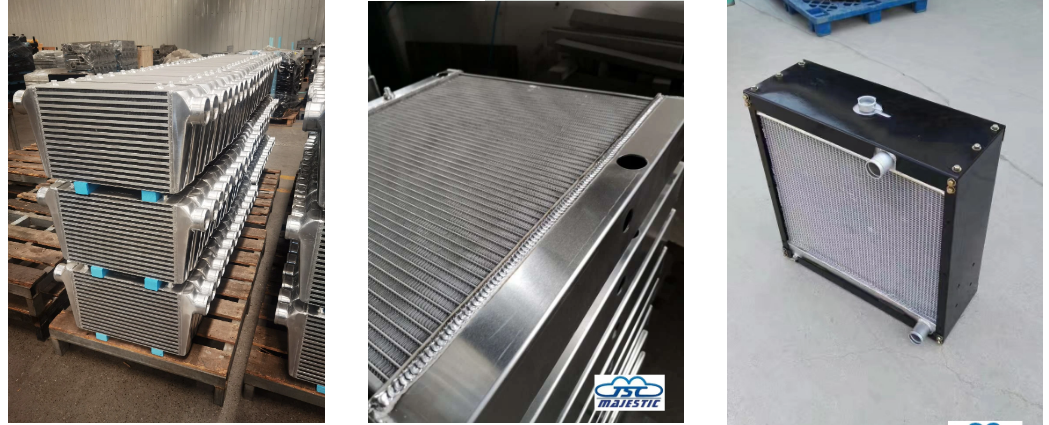

A finned tube heat exchanger is a finned (also known as ribbed) tube heat exchanger, which may or may not have a shell. Finned tube heat exchangers are widely used in power, chemical, refrigeration and other industries. With the development of industry, the problem of industrial water shortage and environmental pollution of industrial water has become increasingly prominent, and the application of air coolers has attracted more attention. As a result, more than 90% of the cooling load in many chemical plants is borne by air coolers. At the same time, the progress in the research on heat transfer enhancement has made the phase change heat of low-rib spiral tubes and micro-finned tubes widely used in evaporation and condensation. So is it clear about the working principle of the finned tube heat exchanger?
For heat exchange processes where the composition is air or some other gas, the rate of heat transfer will be much lower, so the surface area required for heat transfer must be greater. This is where finned tube heat exchangers are typically used.

The finned tube heat exchanger has fins on the outside of the tubes, the liquid flows inside the tubes, and air or other gases flow outside the tubes. This is necessary because the large surface area of the finned tubes speeds up the heat transfer process.
Air heat exchangers such as condensers in air conditioning units usually use finned tube heat exchangers. One of the types of everyday tools used is also the car radiator. The purpose of finned tubes in car radiators is to cool the hot liquid inside the tubes with the air passing through the heat exchanger so that your car doesn't overheat or overheat.

Find out more about your heat exchanger type here!